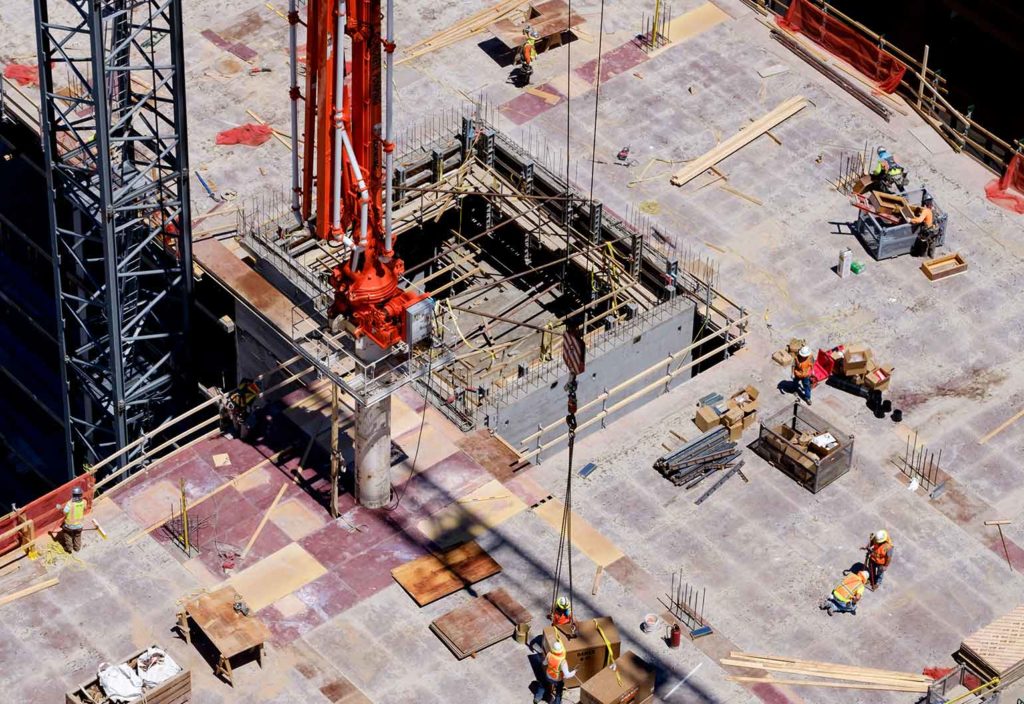Unlike many countries, Australia is keeping its construction industry going, framing it as a national economic priority.
Australian Prime Minister Scott Morrison has signalled he wants construction to continue to be classified as an essential service and considers the sector vital to the economy and jobs.
While construction continues to be classified as essential under the Australian COVID-19 regime, work can continue on building sites.
Morrison said in an interview on Fox 101.9 last week that construction site work was needed to keep Australian economic activity up.
“The social distancing can be practiced on construction sites, whether they’re residential or commercial,” he said.
“This keeps the economy going; it keeps people in work; it keeps supporting people through this.”
State and territory governments formally have the power to shut construction sites in most circumstances. But Morrison said he had discussed the construction site issue with state premiers and “this is an important part of the economy”.
He added: “The restrictions on the businesses are only where they’re deemed to be absolutely necessary to stop the spread of the virus.”
“There will have to be some changes on site, no doubt. But that said, this is important, and we want to see that keep going – just like mining and resources, and manufacturing, and all of these important jobs. We want to keep the economy running.”
While many COVID-19 policies around the world are changing on a weekly basis, the Prime Minister’s comments will give heart to many in the Australian industry.
Even without a government shut-down order, measured Australian construction site activity fell markedly in March: AIGroup’s Performance of Construction Index dropped 4.8 points to 37.9.
International responses
But many areas around the world have gone much further, closing most of their construction industry.
New Zealand has shut down all non-essential building and construction work, and its definition of “non-essential” restricts the industry mostly to work supporting essential services, critical infrastructure, jobs addressing immediate health or life safety risks, and preventing serious environmental harm.
In the US, a health order in San Francisco at the end of March effectively shut down many construction sites, limiting building to “essential infrastructure” (airports, utilities, public transit and healthcare services works), approved public works and a limited range of other projects. New York has similar rules in place.
The UK government is currently encouraging construction companies to avoid “close working”, despite calls for a wider shut-down. On April 2 a UK joint industry and government body ordered the closure of construction sites where workers could not safely maintain a two-metre distance, and then withdrew the order hours later, after the construction industry complained that the rules were impossible to follow.
Building the economy
James Phillis CPEng EngExec, CEO of engineering group SMEC Australia, said in an interview with create at the end of March that “my greatest fear is that they shut down sites”.
“They shut down the sites, and we’re all in lots of trouble,” he said. A site shut-down would “cause significant harm to the industry”, because a portion of most projects was site-based, and most contractors would find it “almost impossible” to continue work.
Construction firms could send some engineers and designers home to do work, Phillis said, “perhaps in an inefficient way, but they can still do work”.
But other workers, such as construction engineers or drillers, could not work away from sites.
“There’s no way for them to do that work, because it’s intimately associated with the work that’s done on the site,” Phillis said.
“They will have to stop unless we can find something for them to do,” he said, “and it’d be very hard for us to find something for them to do.”
He said a rough estimate was that “probably 20 or 30 per cent” would be in some way affected, either wholly or in part, “and that would get progressively worse”.
The industry could put in place protocols to manage COVID-19 risks, he added.
Phillis said the Australian government had so far “been really positive in terms of keeping businesses and operations, whilst encouraging us to take the appropriate social distancing”.
